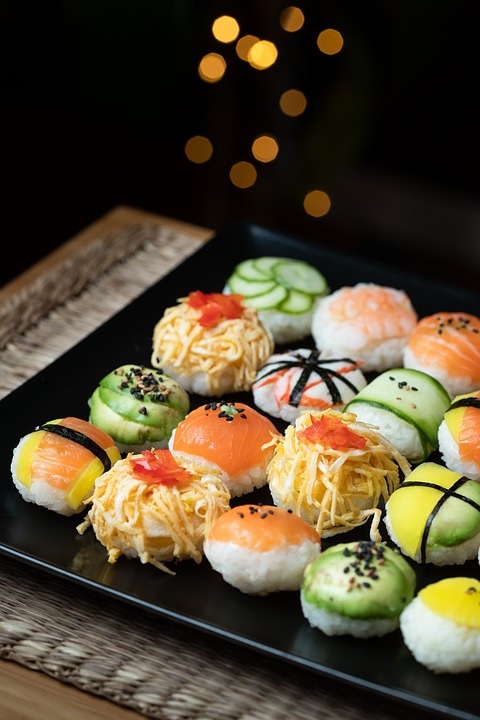[ad_1]
When it comes to Japanese cuisine, one of the most important and distinctive elements is the use of fermented foods. Fermentation has been an integral part of Japanese food culture for centuries, and has played a crucial role in shaping the unique flavors and textures that are synonymous with Japanese cooking. In this article, we will explore the secrets of Japanese fermented foods and their culinary uses.
The Secrets of Japanese Fermented Foods
Japanese fermented foods are a result of the traditional method of preserving foods by natural fermentation, which not only enhances the flavor of the ingredients but also increases their nutritional value. The most well-known fermented food in Japan is miso, a paste made from soybeans and salt that is fermented with koji, a type of fungus. Miso is used in a variety of Japanese dishes, from soups to marinades, and is prized for its rich, umami flavor.
Another popular Japanese fermented food is soy sauce, which is made by fermenting soybeans with wheat and koji. Soy sauce has a deep, savory flavor and is a staple condiment in Japanese cuisine. Other fermented foods in Japan include natto, a sticky and pungent fermented soybean dish, and tsukemono, a variety of pickled vegetables that are often served as a side dish.
The Culinary Uses of Japanese Fermented Foods
Japanese fermented foods are used in a wide range of dishes, from simple home-cooked meals to elaborate restaurant creations. Miso, for example, is used as a base for soups such as miso soup, as well as for marinades and glazes for grilled dishes. Soy sauce is used as a seasoning for various dishes, from sushi to stir-fries, and also as a dipping sauce.
Natto is often eaten with rice and served with a variety of toppings, while tsukemono is used to add a refreshing and tangy element to a meal. The culinary uses of Japanese fermented foods are as diverse as the dishes themselves, and they are valued for their ability to add depth of flavor and complexity to a wide variety of dishes.
Conclusion
Japanese fermented foods are an essential part of the country’s culinary heritage, and their use in cooking is a testament to the Japanese people’s deep respect for tradition and craftsmanship. The secrets of Japanese fermented foods lie in the careful and precise process of fermentation, which results in the development of unique and complex flavors that are prized across the world. Understanding the role and use of Japanese fermented foods can greatly enhance one’s appreciation of Japanese cuisine and its rich culinary traditions.
FAQs
Q: Are Japanese fermented foods difficult to find outside of Japan?
A: While some Japanese fermented foods may be more difficult to find in certain parts of the world, many specialty stores and online retailers do carry a wide range of Japanese fermented foods, including miso, soy sauce, and natto. Additionally, some of these products can be made at home with the right ingredients and equipment.
Q: What are the health benefits of Japanese fermented foods?
A: Japanese fermented foods are rich in probiotics, which are beneficial for gut health and digestion. They also contain a variety of vitamins, minerals, and amino acids that contribute to overall wellness and good health. Additionally, the fermentation process enhances the bioavailability of nutrients in the foods.
Q: Can I use Japanese fermented foods in non-Japanese dishes?
A: Yes, Japanese fermented foods can be used in a wide range of cuisines and dishes, not just Japanese ones. Miso, for example, can be used as a flavor enhancer in everything from salad dressings to pasta sauces, while soy sauce can be used as a substitute for salt in various recipes. The possibilities are endless when it comes to incorporating Japanese fermented foods into your cooking repertoire.
[ad_2]





Comments